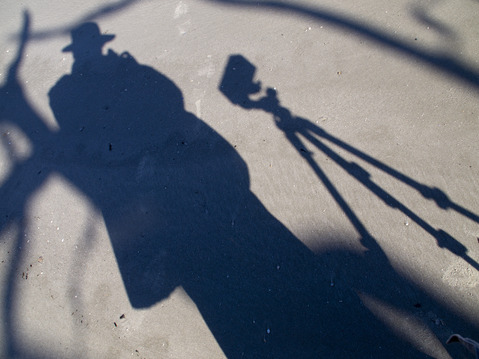Sapelo Island
November, 2013
This trip, some of us went to Sapelo Island. I had not been there for eleven years,
and it was interesting to see the changes that have come about, including many
new vacation homes built by mainlanders and made available for rent to visitors.
Fortunately, the natural landscape is largely unchanged.


